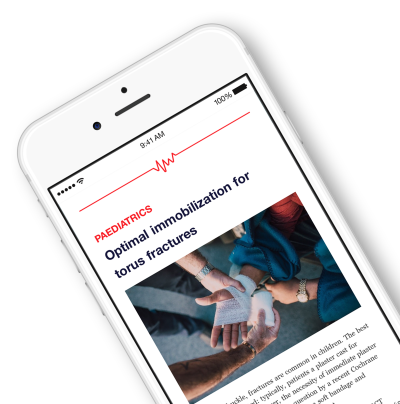Colchicine for Knee Osteoarthritis: A Systematic Review and Meta-analysis .
Colchicine, a well-known treatment for gout, has long been explored as a possible therapy for knee osteoarthritis because of its links to inflammatory pathways also seen in gout. Pulling together data from seven randomized trials, the results were surprisingly consistent: colchicine didn’t provide meaningful improvements in pain or function at 12, 16, or roughly 20–24 weeks. Safety didn’t raise major concerns, with adverse events similar to control groups, though some short-term gastrointestinal irritation was noted. The bigger issue is evidence quality—much of it is low or very low—so confidence in these findings remains limited. Better-designed, larger trials are needed to confirm whether colchicine truly has a role in knee OA management.
Unlock the Full original article
You have access to 4 more FREE articles this month.
Click below to unlock and view this original article
Unlock Now
Critical appraisals of the latest, high-impact randomized controlled trials and systematic reviews in orthopaedics
Access to OrthoEvidence podcast content, including collaborations with the Journal of Bone and Joint Surgery, interviews with internationally recognized surgeons, and roundtable discussions on orthopaedic news and topics
Subscription to The Pulse, a twice-weekly evidence-based newsletter designed to help you make better clinical decisions
Exclusive access to original content articles, including in-house systematic reviews, and articles on health research methods and hot orthopaedic topics
































































